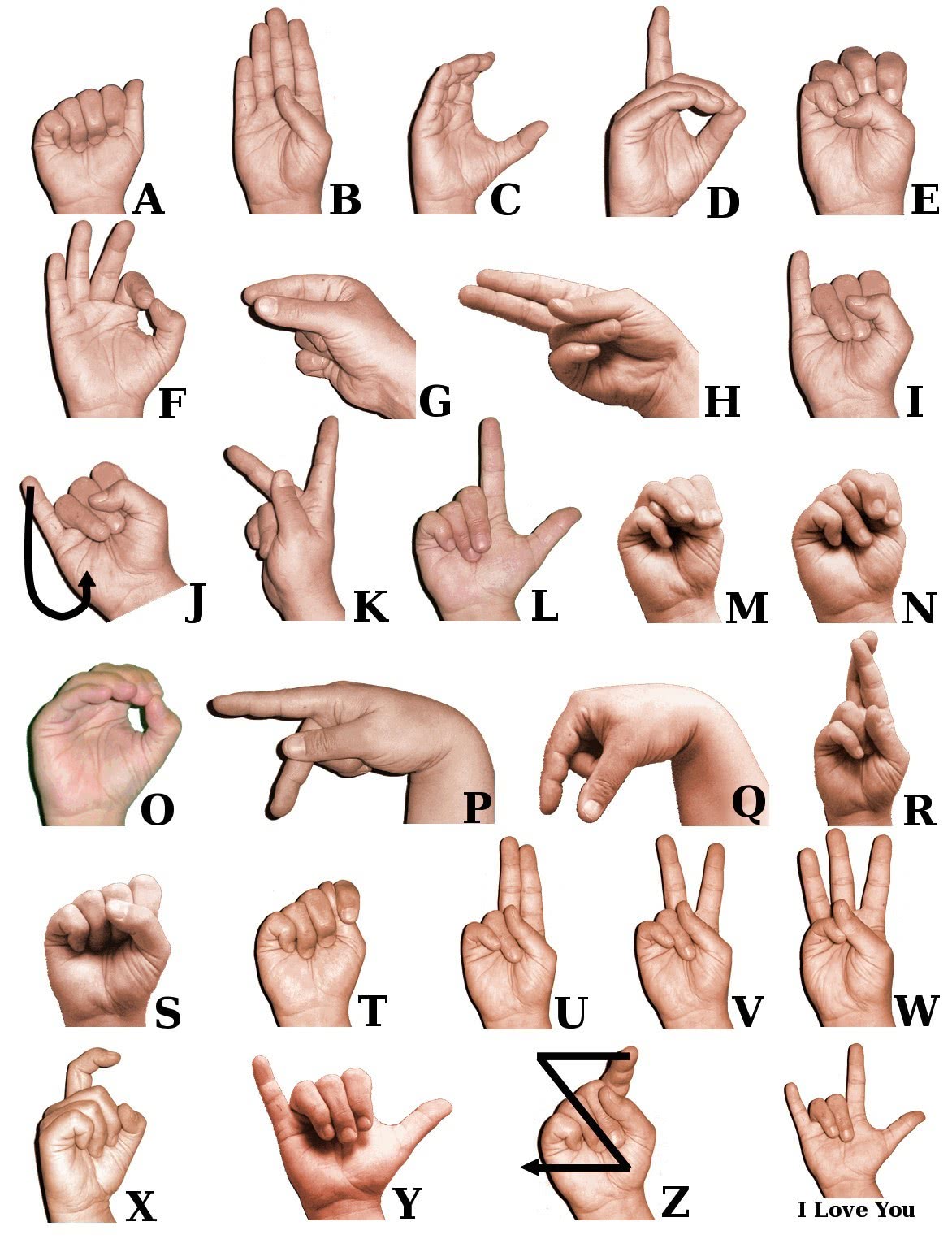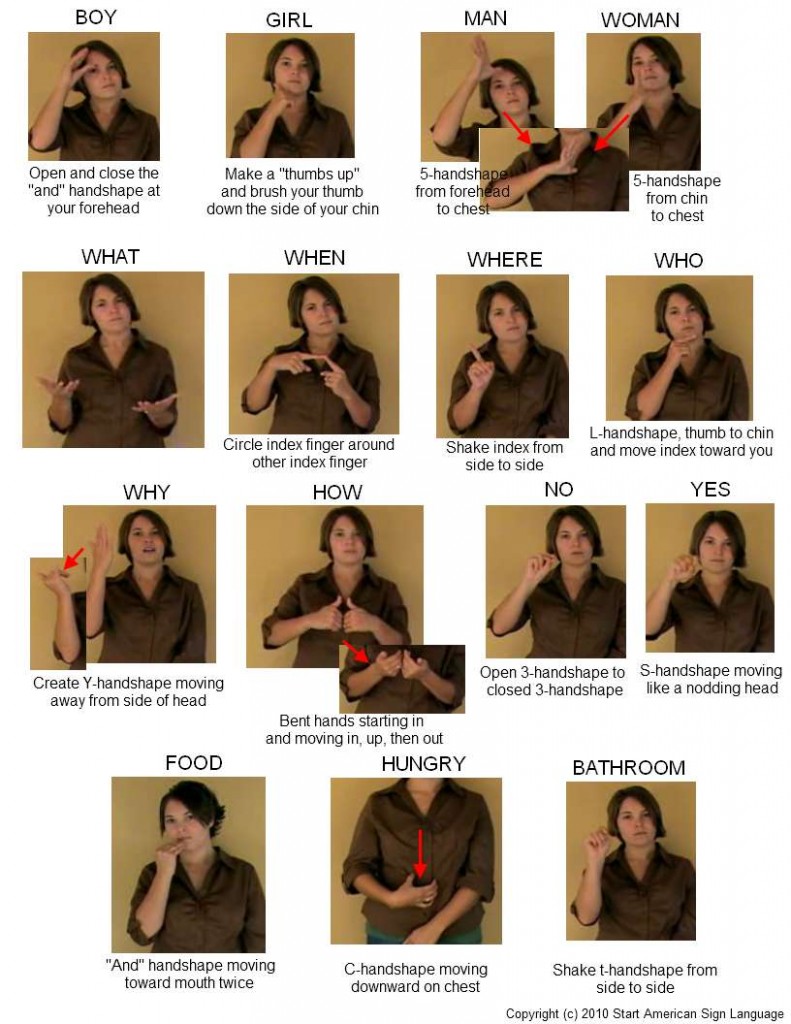Parents,
You have probably heard- or hopefully seen, that we are learning ASL (American Sign Language) in the classroom this year. So far we have learned the hand alphabet (and phonograms) and some key words for the school environment. We are also learning the signs for our daily Riggs words, adding to our sign vocabulary every day. I thought I would share with you some of the reasons that I've chosen to incorporate ASL into our learning.
Research has shown that pairing signs with English help learners formulate mental pictures. This multi-modal experience can help create new pathways in the brain for storage and retrieval. This helps students remember and recall sight words and spelling words (Daniels, 2001). Studies have also shown that students who learn sign language for specific sight words learn to read at a faster rate (Goode et al 1993/94).
Today’s students are diverse learners and using sign language promotes faster academic achievement within the classroom. Children learn faster when they can hear, see and feel the words they are learning. Sign language is a positive multi-modal teaching tool. It encourages active participation and engagement, and, also because it is FUN!
5 Benefits of Learning Sign Language
 1. Improves spelling – Research is showing that children who learn the basic sign language skills (such as American Sign Language – ASL) of signing the alphabet can have improved spelling skills. Signing helps to give kids another tool for remembering spelling words and leaves a larger imprint on the brain. Our muscles have their own mini-memories, so when we add signing a word to orally spelling the word is it easier to remember.
1. Improves spelling – Research is showing that children who learn the basic sign language skills (such as American Sign Language – ASL) of signing the alphabet can have improved spelling skills. Signing helps to give kids another tool for remembering spelling words and leaves a larger imprint on the brain. Our muscles have their own mini-memories, so when we add signing a word to orally spelling the word is it easier to remember.
2. Improves classroom behaviors – Some teachers who have incorporated sign language into their hearing classrooms are finding that they have better classroom management. Using signs for things such as toilet and question can reduce interruptions and help keep students on track during instruction.
3. Improves small motor skills – Sign language helps to develop small motor skills because of the dexterity required for communicating with hand gestures. Those who struggle with small muscle strength and coordination can build these skills as well as learn to communicate more efficiently with another language.
4. Builds overall communication skills – When you think of “language” you might just think of your spoken native language, such as English. However, language involves many other aspects including body language, emotional language, and more. An interesting study shows that people who can sign have improved abilities to read general body language – an integral part of communication. Think of the other ways you communicate beyond spoken words, such as sending someone red roses because as a message that says love, because you have learned that different flowers have different emotional messages. Sign language also helps communicate emotions and sometimes allows people who can’t express their emotions in words easily to still give voice to their feelings.5. Builds a better vocabulary – People have a natural tendency to use their bodies to communicate – such as pointing, shrugging shoulders, or wrinkling the nose. Sign language takes that natural tendency and helps to reinforce vocabulary and the meanings of words. When you can hear the word and see the word spoken it leaves a stronger imprint on the brain. ASL signs are also often closely tied to the actual meaning of the words – they make sense – such as cupping your hand behind the ear to sign “listen”.
The embedded video helps teach the first 40 Dolce sight-words- in other words, 40 of the most common words in our language. We will be adding these in addition to our daily Riggs words. You can help support your child's learning at home by asking about new signs each day, and encouraging practice and review of learned signs. Students should also be finger-spelling their Riggs words each night to reinforce the spelling with the kinesthetic component. I've also posted a link in the right hand bar of this blog to a fantastic online ASL Video Dictionary. If you'd like to know more about how ASL is incorporated into our learning, or if you have any questions, please don't hesitate to let me know!
Mrs. Gausman


No comments:
Post a Comment